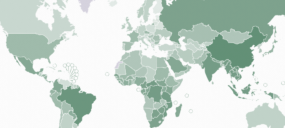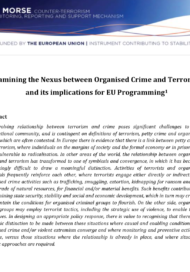Posted on 01 Jan 2010
Based on a statistical analysis of 14 indicators (measuring corruption, organized crime, the effectiveness of government, macro‐economic indicators and the grey economy), seven clusters of countries emerged. Starting from the cluster where the manifestation of corruption and organized crime was weakest, the clusters were: (1) Denmark, Finland and Sweden; (2) Austria, Belgium, Ireland, Germany, Luxembourg, the Netherlands, Slovenia, Spain and the UK; (3) France; (4) Estonia, Latvia, Lithuania, and Portugal; (5) Czech Republic, Cyprus, Greece, Hungary, Malta and Slovakia; (6) Italy; and (7) Bulgaria, Poland and Romania.
? Political corruption is organised crime’s most powerful tool and local level political and administrative authorities represent the most likely criminal groups’s target. In the case of police corruption the main reasons why organised crime uses corruption are to obtain information on investigations, operations, or competitors, (FR, NL, UK) and protection for continued illegal activities. In the majority of Member States, organised crime targets the judiciary, particularly the courts, much less than the police or politicians. Corruption of customs officers mainly helps organised crime avoid detection of smuggled goods, avoid investigations.
? Among the recommendations addressed to the European Commission is undertaking steps to widen the information and analysis tools such as benchmarking indicators to measure the threats from organized crime and corruption, and to assess the impact of measures to curb these threats. Another recommendation is to develop detailed guidelines to encompass a broad range of criminal offenses under the definition of corruption in national Penal Codes.
? EU Member‐states are urged to further develop their institutional capacities in order to conduct impact evaluation of measures against organized crime and corruption, and to build public‐private partnerships to facilitate anti‐corruption cooperation.



